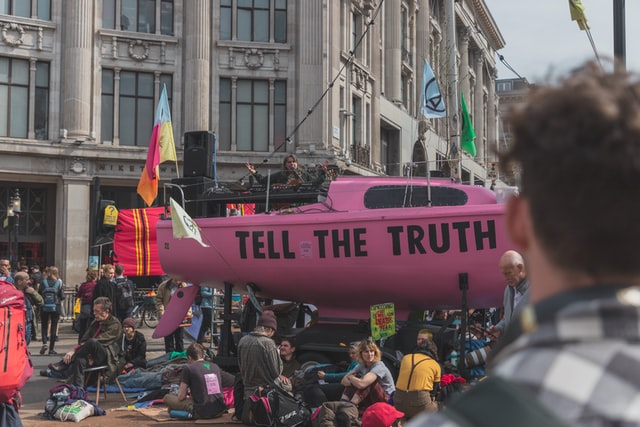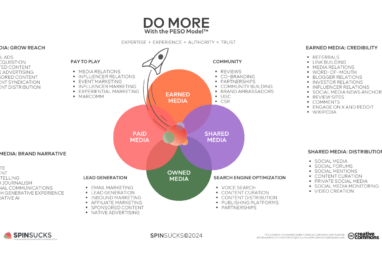Changing the climate change conversation
Currently, climate change communication is a linear exchange from the speaker to the media outlet to the consumer. If the speaker does not understand their audience, then the message will not be received, and no action will happen.
Brands are in a favourable position to communicate climate change, so long as they are genuine, authentic and have the evidence to back up their actions.




